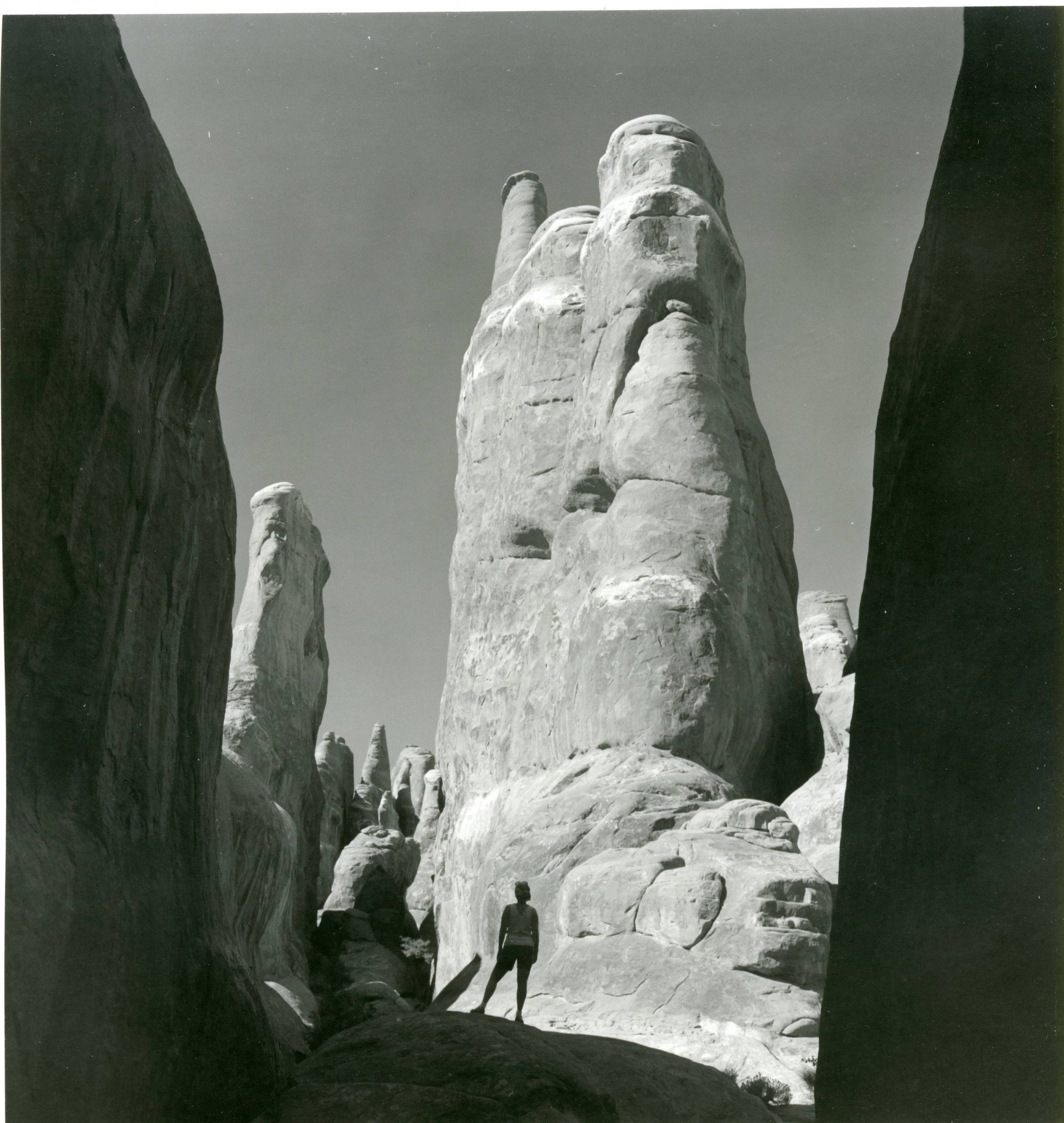Some information may be outdated.
Today beloved for its scenery and incredible landforms, the rugged canyon country around Moab once inspired disappointment and disdain in some early geologists and government surveyors.
While on an early U.S. government expedition into the heart of canyon country, Captain John N. Macomb wrote in 1859: “I cannot conceive of a more worthless and impractical region than the one we now find ourselves in. I doubt not that there are repetitions and varieties of it for hundreds of miles.”
He was right: the dramatic canyons and imposing mesas did indeed extend for hundreds of miles. However, countless residents both before him and after him would surely dispute his assessment of the “worth” of the lands.
Macomb continued by suggesting that “modern enterprise would do well to avoid the unredeemable canyon country.”
The discovery of uranium, however, brought a tremendous boom of prosperity to Moab less than a hundred years after Macomb condemned the region’s economic potential. The subsequent boom in tourism that continues today evidences the significant changes in the meaning of “modern enterprise” since Macomb’s time to today.
How does one assess the worth of a region? What does Moab mean to you? How have different groups of people survived and thrived in the lands around Moab for thousands of years? If history has taught us anything on this matter, it is that this place means a lot to the people who call it home.
While a geologist’s 1859 assessment may have painted a bleak picture, many other pictures painted throughout Moab’s history tell other stories about the worth, vitality, and spirit of canyon country.
The Moab Museum is dedicated to sharing stories of the natural and human history of the Moab area. To explore more of Moab’s stories and artifacts, find out about upcoming programs, and become a Member, visit www.moabmuseum.org.
Appreciate the coverage? Help keep local news alive.
Chip in to support the Moab Sun News.





